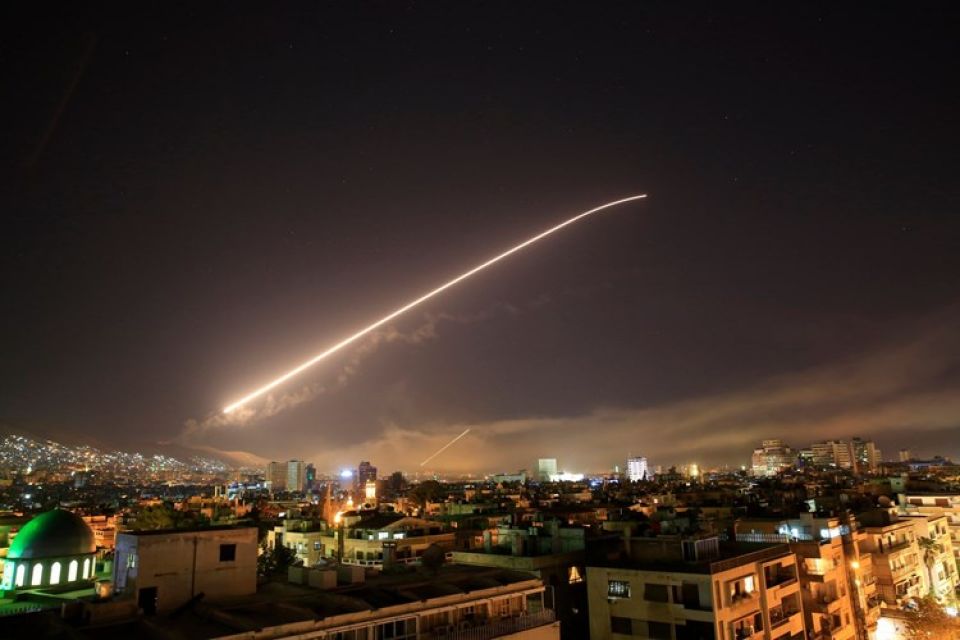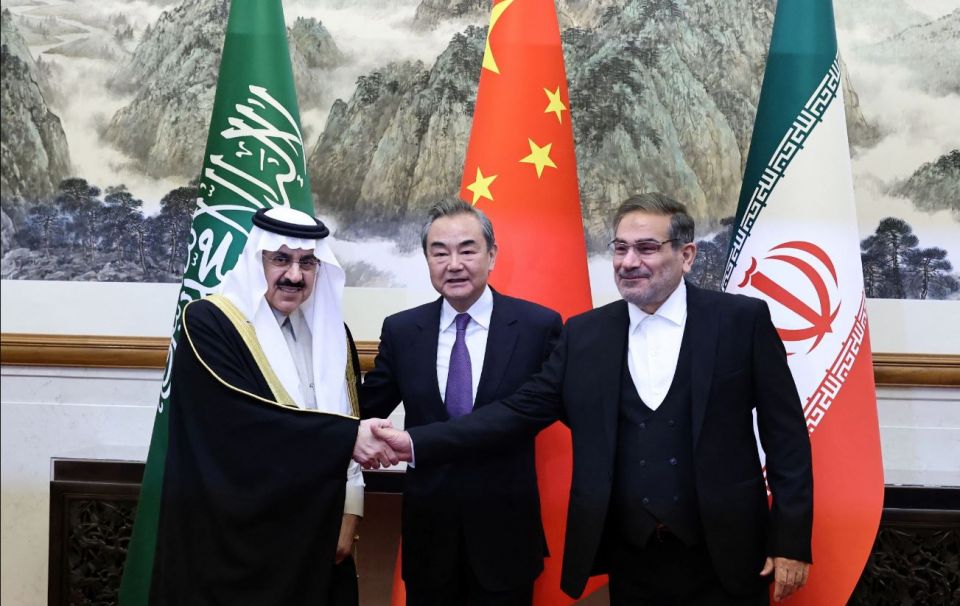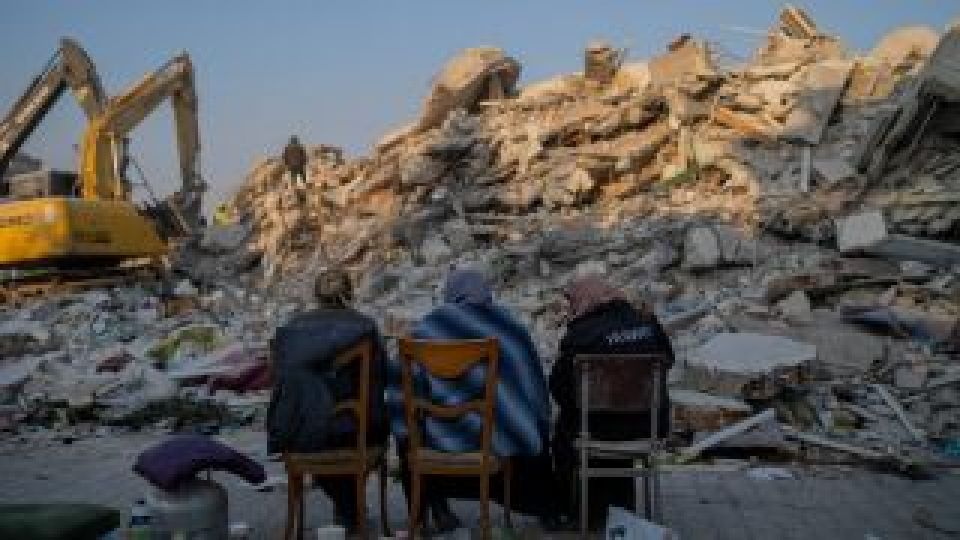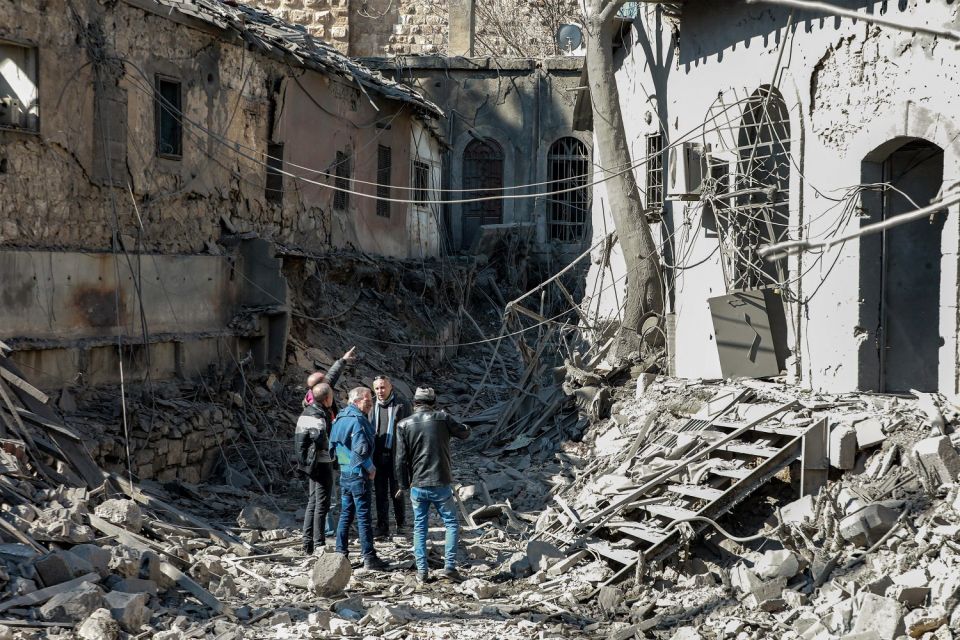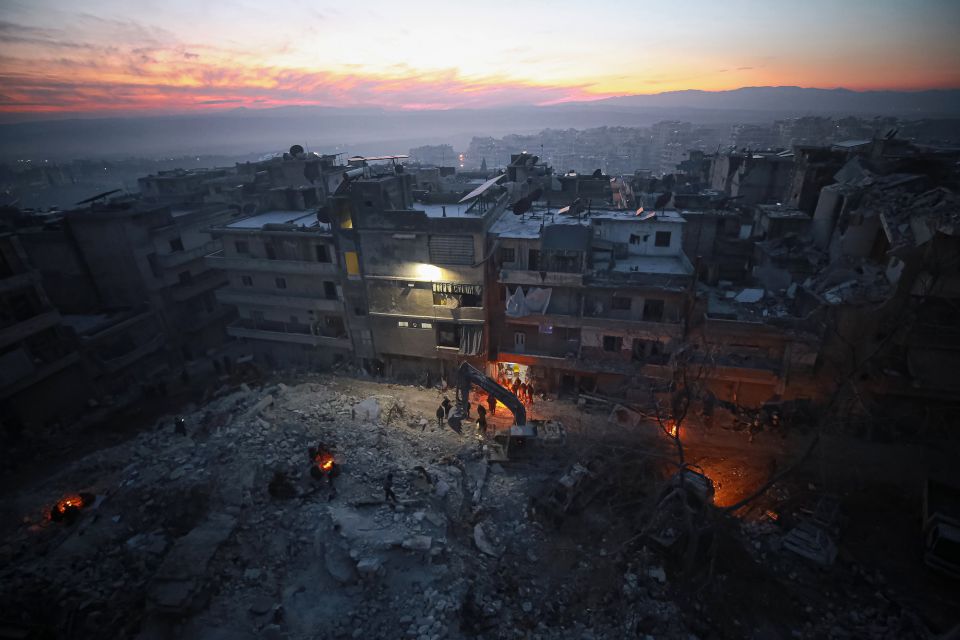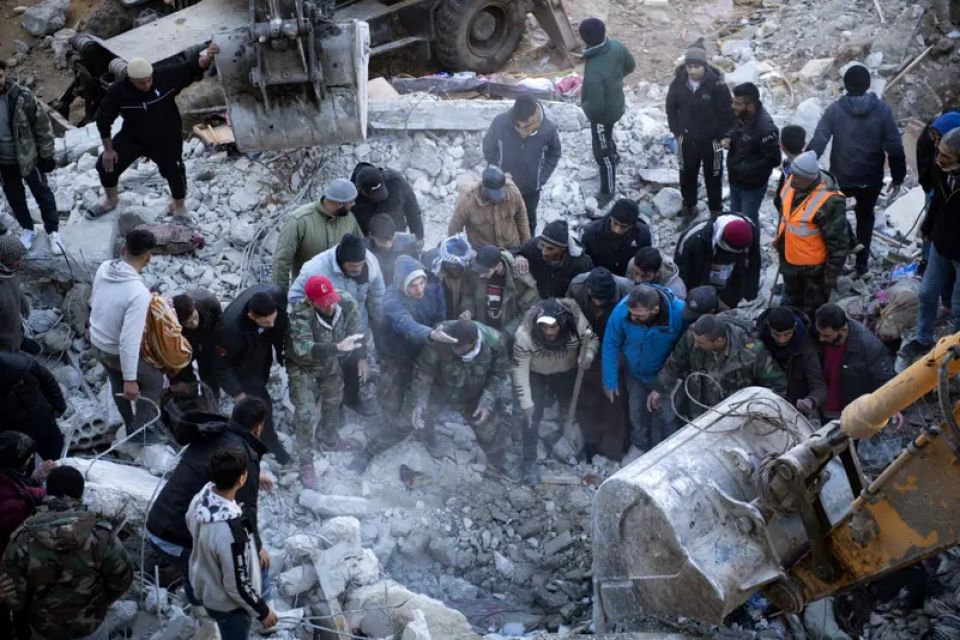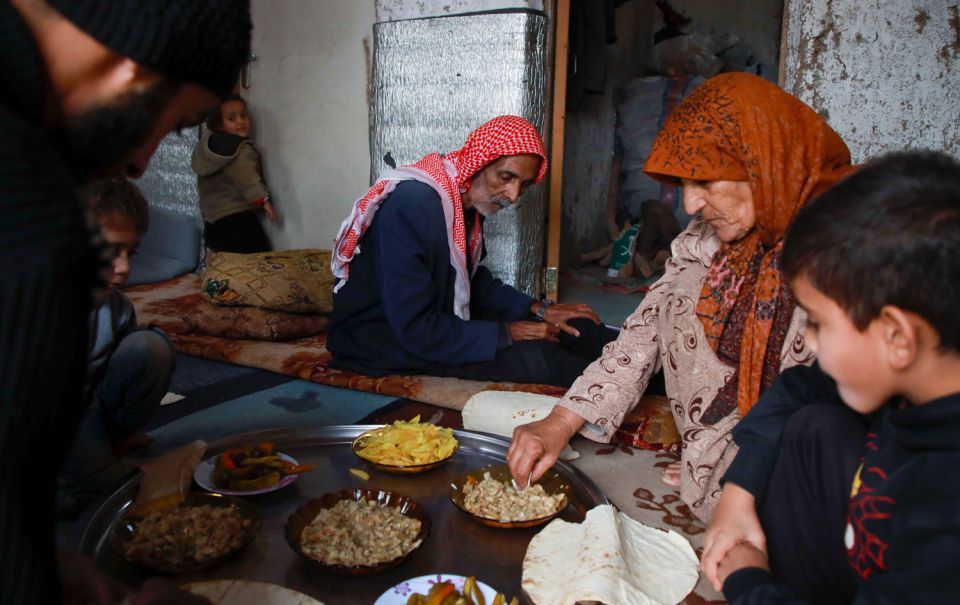
kassioun
email This email address is being protected from spambots. You need JavaScript enabled to view it.
“No change has taken place in 100 years, and it is happening now; we are leading this change together”. That is what the Chinese president said in front of the cameras to the Russian president at the end of his first international visit, days after being re-elected as a president for China for a third term.
Lately, there has been a lot of political and diplomatic uproar surrounding Syria, including: talk about the possibilities of an Arab rapprochement; the Syrian-Turkish settlement and the obstacles standing in its way; Western games through the “changing the regime’s behavior” policies, with easing sanctions at times and reviving ISIS and attempting to “Syrianize” Jabhat al-Nusra other times; and other events. Amid all this uproar, there are clear attempts to obscure and distract from Syria’s and Syrians’ main enemy, in the interest of talking about “political tactics” here and there.
The agreement reached last Friday, March 10, between Saudi Arabia and Iran in Beijing and through Chinese mediation represents a new and important qualitative leap in the process of the birth of a new world that is free from Western bullying, especially American-Zionist bullying. It also represents a quantum leap for our entire region, and a good omen for upcoming transformations, including in Syria.
The People’s Will Party (PWP) welcome the important Agreement announced today between Saudi Arabia and Iran, sponsored by the People’s Republic of China. PWP believes that it is a good beginning for resolving a number of regional crises, including the Syrian crisis.
Preparations continue for the quadripartite meeting, which will soon bring together, in Moscow, the foreign ministers of Syria, Turkey, Russia, and Iran, within the Astana framework towards achieving a Syrian-Turkish settlement, as an essential step towards a comprehensive solution to the Syrian crisis on the basis of UNSC Resolution 2254.
It has now been three weeks since the earthquake catastrophe. While the space the disaster occupies in the media and politically is gradually receding, the reality reveals every day new depths of the disaster, as well as tremendous pain and suffering that is crushing the bones of (survivors), if it is correct to describe those who were not killed by the earthquake as survivors.
The bodies of hundreds of Syrians are still under the rubble, and tens… possibly hundreds of thousands are still searching for shelter, food, and medicine after their homes collapsed on them and were destroyed. The wound is still bleeding, the shock very much present, and Syrians have not yet recovered from the horror of the devastating catastrophe. Nevertheless, all this did not prevent, and rather motivated the US – as if the whole thing was a complete plan – to shed more Syrian blood through its two most important and brutal tools in the region: The Zionist entity and ISIS.
The earthquake opens a new deep wound in the Syrian body, which is swollen with its wounds. Under the weight of the common pain, the most prominent things are the following:
It remains unknown how many Syrians are still under the rubble, and they are hundreds, maybe thousands, and maybe more. It is not known who among them is still alive, but there are certainly some waiting to be saved and are still to this moment groaning under the rubble of their homes.
Syria is witnessing the start of a new wave of depreciation of the exchange rate of the Syrian pound. It is not yet clear how far it will go and how long it will last. In parallel, there is a lot of talk about a possible wage increase.



